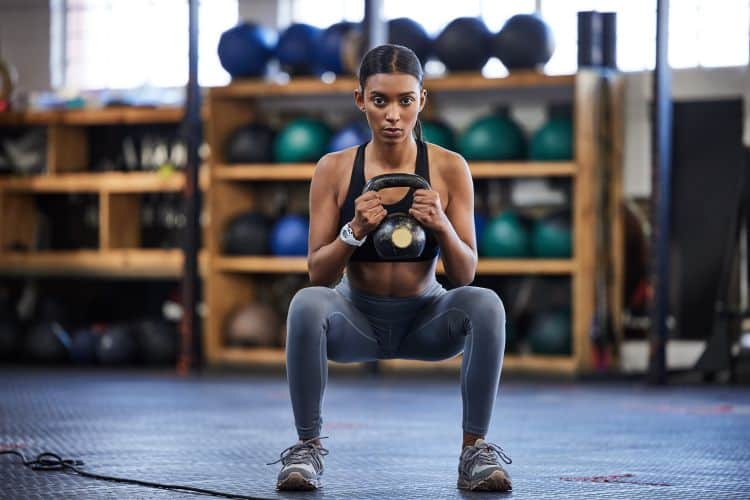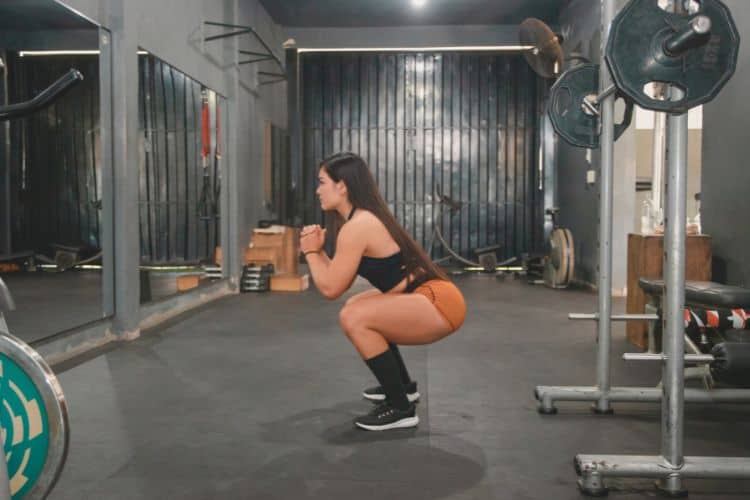Sign up for workout ideas, training advice, reviews of the latest gear and more.






Unilateral leg exercises are an essential component of any well-rounded fitness routine, as they help to improve balance, coordination, and muscular imbalances. By focusing on one leg at a time, these exercises force your body to engage the stabilizing muscles, leading to better overall strength and stability. Explore the benefits of unilateral leg exercises, showcase five effective movements, and provide tips on how to incorporate them into your workout routine.
Improved Balance and Coordination:
Unilateral leg exercises help train your body’s ability to maintain balance during movement, which can be particularly helpful for athletes and those looking to enhance their functional fitness.
Reducing Muscular Imbalances:
Since each leg is working independently, unilateral leg exercises can help to identify and correct any muscular imbalances that may have developed over time.
Increased Core Strength:
Unilateral exercises require core engagement to maintain balance and stability, which can lead to increased core strength over time.
Greater Muscle Activation:
Unilateral exercises require more muscle activation than their bilateral counterparts, leading to more effective muscle development and growth.
Enhanced Rehabilitation:
Unilateral leg exercises can be beneficial for rehabilitation from injury, as they allow you to focus on the injured leg while minimizing stress on the healthy one.
The Bulgarian split squat is a challenging exercise that targets the quadriceps, hamstrings, and glutes. This movement also improves hip mobility and stability.
This single leg deadlift exercise targets the hamstrings, glutes, and lower back while challenging your balance and coordination.
The pistol squat is an advanced unilateral exercise that requires significant leg strength, flexibility, and balance.
This exercise focuses on the glutes and hamstrings, while also engaging the core.
Step-ups target the quadriceps, glutes, and hamstrings, while also engaging the core and improving balance.
Start with the Basics:
If you’re new to unilateral leg exercises, start with simpler movements like step-ups and single-leg glute bridges before progressing to more advanced exercises like pistol squats.
Warm-Up:
Always warm up before beginning your workout to reduce the risk of injury and improve overall performance. Dynamic stretching and light cardio are ideal for preparing your body for unilateral leg exercises.
Begin with Bodyweight:
Master the proper form for each exercise using only your body weight before incorporating additional resistance, such as dumbbells or kettlebells.
Progress Gradually:
Increase the difficulty of the exercises by adding resistance or increasing the number of reps and sets over time. Listen to your body and progress at a rate that feels challenging yet safe.
Balance with Bilateral Exercises:
Although unilateral exercises offer unique benefits, it’s essential to maintain a balanced routine by incorporating bilateral exercises, such as squats and deadlifts, as well.
Frequency:
Aim to include unilateral leg exercises in your workout routine two to three times per week, allowing adequate recovery time between sessions.
Unilateral leg exercises provide numerous benefits for individuals of all fitness levels. By incorporating these movements into your workout routine, you can improve balance, coordination, and strength while reducing the risk of injury. Start with the basics and progress gradually, ensuring that you maintain a balanced approach to your overall fitness regimen. With consistency and dedication, you’ll reap the rewards of unilateral leg exercises and enjoy a stronger, more stable, and well-rounded physique.
Stay up to date on the latest women’s health, fitness and lifestyle trends and tips.